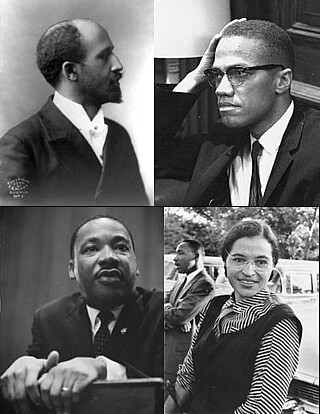Happy (almost) Easter everyone! One more week and we are on Spring Break. Whoo hoo! Something that people ask me when it comes to teaching the PYP is "What is the biggest transition going from non-PYP to a PYP school?" Honestly, I think there are a bunch of things, but one of the biggest transitions for me was the vocabulary, specifically using the Learner Profile Words and Attitudes.
The learner profile traits and attitudes are characteristics that we want our students to not only know, but develop within themselves. It is like a 'character development program', but it is incorporated within the PYP. At our school, the learner profiles and attitudes are posted in every classroom (forgot to take pictures of mine, oops!) and teachers use these words throughout the school day.
My first year, I really struggled with using this vocabulary, but once you start making it a point to say the words daily, it becomes a part of your teaching. For example, you may start a lesson by saying "Today we are going to be thinkers..." or you might notice a student doing something and say "Wow Susie, you are being so caring by helping your friend zip up their coat." When you use the language often and refer to your posters throughout the school day, students begin to use it as well.
Once a week as a lower elementary team (K-2), we take a half hour where we meet to talk about the learner profile traits and attitudes. Usually we read a book and complete an activity that surrounds the learner profile trait that we are focusing on that month as a school. We call this 'Team Time'. It is a great way for the students to practice and develop these traits. You can see our monthly Learner Profile focus at our school below, which also incorporates the attitudes.
Our current unit of study in second grade revolves around the phrase 'The Power of One', we we are learning about local and famous heroes. The past week we learned about Rosa Parks and Ruby Bridges and how they made a change. But something I really like that we are doing in this unit is thinking about what learner profile traits and attitudes these people display. It is great to see that students are recognizing these traits in others. My hope is that my students see these traits and attitudes in action and develop these traits within themselves.
Happy Easter!
 |
| Attitudes |
Our current unit of study in second grade revolves around the phrase 'The Power of One', we we are learning about local and famous heroes. The past week we learned about Rosa Parks and Ruby Bridges and how they made a change. But something I really like that we are doing in this unit is thinking about what learner profile traits and attitudes these people display. It is great to see that students are recognizing these traits in others. My hope is that my students see these traits and attitudes in action and develop these traits within themselves.
Happy Easter!












